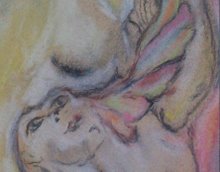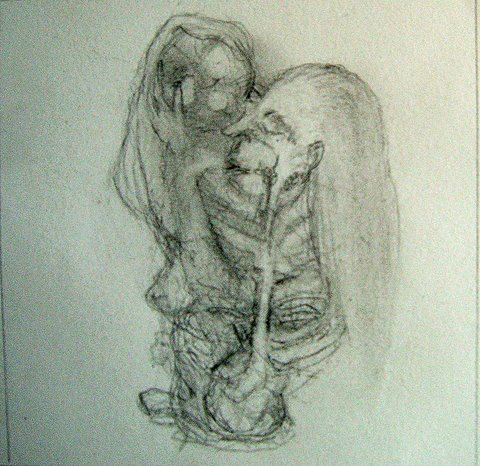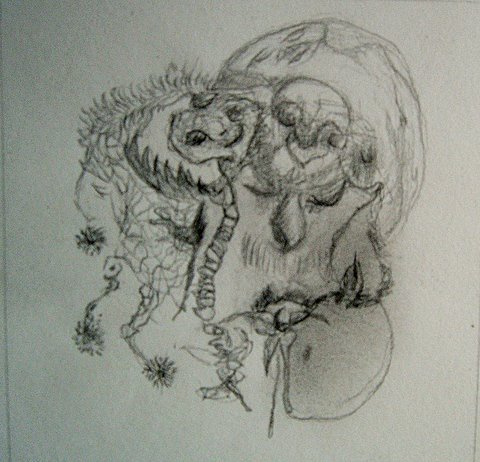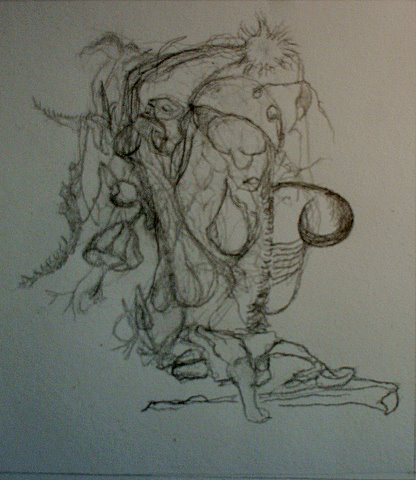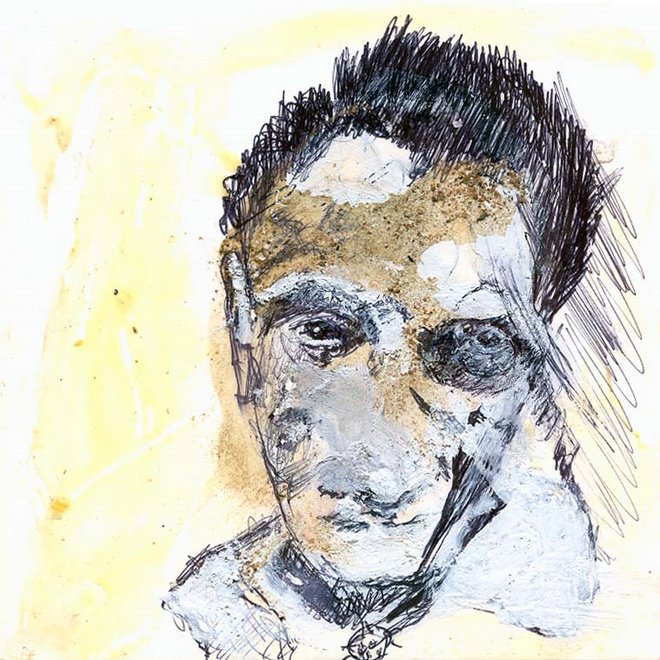Happy to report the discovery of this Roma Archive blog that appears already archived as of 2019. Finally on my radar ;) Useful nevertheless. Many interesting articles and studies. Some excerpts pasted below. Read the full article after clicking on the link
https://blog.romarchive.eu/auschwitz-and-the-testimony-of-the-sinti-and-roma-de-en/
Auschwitz and the Testimony of Sinti and Roma
Karola Fings
The historian Karola Fings recently wrote the book “Sinti and Roma. History of a minority” [Sinti and Roma. History of a Minority] published by C.H. Beck in the series “Knowledge”. She is the curator for Romarchive’s project “Voices of the Victims”, featuring early Sinti and Roma testimonials which document Nazi persecution in 20 European countries. In the following text, she describes the testimony of Sinti and Roma at the Auschwitz trial.
“There is nothing you can compare Auschwitz to. If you say 'the Hell of Auschwitz', that's no exaggeration. I think it's not enough for me to say that I’ve dreamt of Auschwitz a thousand times since then, of that horrible time where hunger and death ruled. I was a young girl when they brought me to Auschwitz. When I left the camp I was sick, and I am still sick today.”[1]
Elisabeth Guttenberger, excerpt from an authorised version of an interview for the TV broadcaster Westdeutscher Rundfunk (WDR), 1962
Born in Stuttgart in 1926, Elisabeth Guttenberger, quoted above, was deported to the concentration and death camp in Auschwitz in March 1943. Like the survivor Max Friedrich, pictured together with his wife Grete in the photo, Ms Guttenberger was one of six witnesses of the Sinti and Roma minority whose testimony substantiated the Nazi crimes and the Holocaust in the Auschwitz trial in Frankfurt am Main, regarded by many as a historic milestone.
Every year on 27 January, when we remember the victims of National Socialism, the survivors of the concentration and death camp Auschwitz-Birkenau are frequently the centre of public interest. On 27 January 1945, the Red Army liberated several parts of the Auschwitz camp where more than one million people, most of them Jewish, were murdered. In 1996, the German Federal President Roman Herzog declared 27 January as the day of commemoration for all victims of the Nazi regime, and in 2005, the United Nations officially designed it as the “International Holocaust Remembrance Day”. Today, there are only a few living survivors who can still testify to the crimes that were committed there. But their voices are heard, their stories are appreciated, and they themselves now receive attention and empathy.
But this wasn’t the case for many decades – and particularly so for the Sinti and Roma survivors of Nazi persecution. After 1945, the Federal Republic of Germany did not recognise their suffering as “racially motivated” persecution. Instead, the former perpetrators read to convince the courts that members of this minority were “inferior” or alleged “spies” who were deported for “crime-preventative” reasons. This position was largely accepted by the general public which meant that most of the crimes and their perpetrators went unpunished. The survivors and their relatives continued to suffer discrimination, received no acknowledgement of their anguish, and as a result, many of them were denied compensation.
The civil rights movements of the Sinti und Roma, which have been active in Germany and on the international stage since the 1970s, finally compelled the German government to acknowledge the genocide committed against the minority. The Memorial to the Sinti and Roma Victims of National Socialism, which officially opened in Berlin in 2012, is the most visible result of this long struggle for recognition. Throughout the debate, the testimony of survivors played a large role. Even among many of the Sinti and Roma survivors, it wasn’t until the TV series “Holocaust” aired in 1979 that they recalled their own suffering from Nazi persecution, which they had suppressed in order to get on with their lives. Against the background of this growing historical awareness of the Holocaust in the majority society, and consequently, the fate of the “forgotten victims”, a grosslong withfied activities of the civil rights movements to document the history of persecution, a slew of reports, documentaries, biographies and autobiographies were published starting in the 1980s w have been very .[2]
All the more remarkable are the early testimonies by Sinti and Roma, presented in a social atmosphere of rejection and denial of the crimes. It is almost impossible to imagine what it meant for the victims to raise their voices against this wall of silence. The Auschwitz trial was one of the few legal proceedings in Germany, in which Nazi crimes against the Sinti and Roma were litigated – albeit only marginally.[3] The trial itself came about thanks to the commitment of the Hessian Attorney General Fritz Bauer who – facing heavy resistance in Frankfurt am Main and to an extent never seen before– initiated criminal .in crimes committed in Auschwitz.[4] On 7 October 1963, the Frankfurt District Court began proceedings against 22 accused individuals which, following testimony from 360 witnesses, concluded with the announcement of the verdicts on 20 August 1965. Most of the accused were sentenced to life imprisonment or shorter prison terms for having committed murder or abetting joint murder. There were also three acquittals.Among the accused were six former SS officers who were also implicated in murdering the Sinti and Roma. Starting in March 1943, some 23,000 men, women and children were rounded up in the German empire, Austria and the German-occupied Poland, Czechoslovakia, Belgium and the Netherlands, and deported to a special section of the Auschwitz-Birkenau camp. The conditions in the camp were so horrendous that within a matter of months, most of them died of hunger, illness or violent crimes.
“The worst thing,” according to Elisabeth Guttenberger in her report, “what the hunger. The hygienic conditions were undebatable. There was hardly any soap or possibilities to wash up. (...) The children died first. Day and night, they cried for bread; soon they all starved to death. (...) In our work brigade we had to do everything in double time. To SS Block Leader rode a bicycle alongside us. If a woman collapsed because she was too weak, he would beat her with a baton. Many died as a result of this physical abuse. (...) The SS Camp Doctor, who was in charge of the Gypsy camp, was named Dr Mengele. He was one of the most dreaded camp doctors at Auschwitz. In addition to everything the SS doctors were guilty of at Auschwitz, he carried out experiments on the handicapped and twins. He also used my cousins, who were twins, as “guinea pigs”. (...) I lost about 30 relatives in Auschwitz. My siblings and my father literally starved to death within the first few months. My youngest brother was 13 years old. He had to carry stones until he had been reduced to a mere skeleton. So He starved to death. And finally, my mother starved to death.”[5]
The only ones who had a chance of surviving were those who were transferred to other camps to do forced labour. Among them was Elisabeth Guttenberger, who was transported to the Ravensbrück concentration camp on 1 August 1944, and then sent further to a subcamp of the Flossenbürg concentration camp. The remaining 3,000 or so Sinti and Roma were murdered in the gas chambers at Birkenau in the night of 2 to 3 August 1944.
